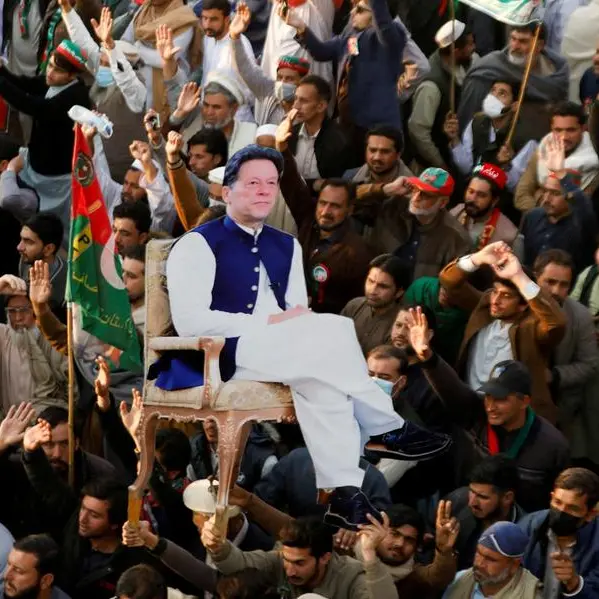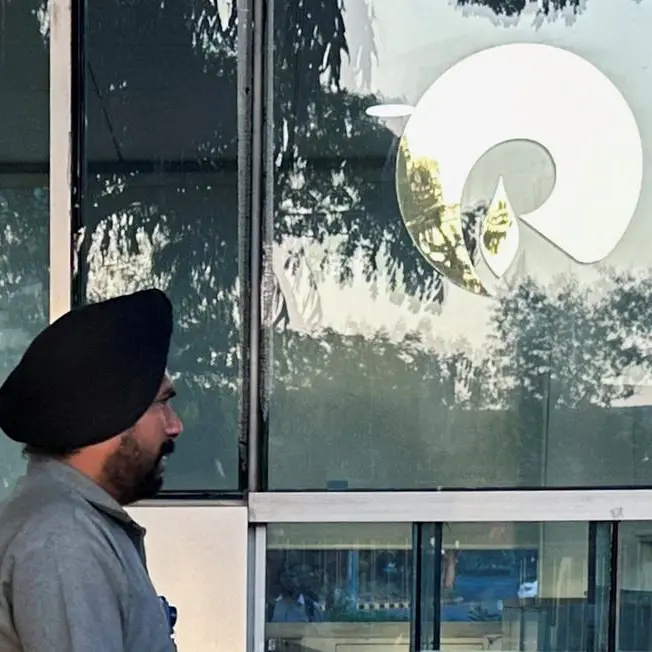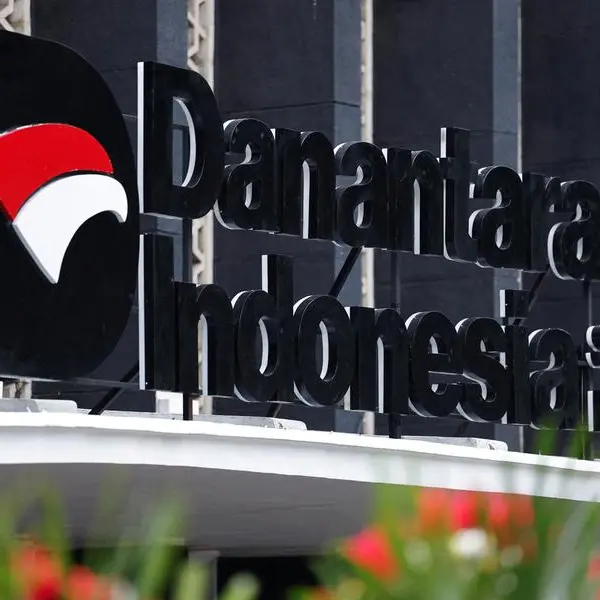PHOTO
A man walks between the buildings at a commercial centre in New Delhi, India, February 28, 2023. REUTERS/Altaf Hussain
MUMBAI: India needs to cut interest rates to help its economy reach its potential growth but the members of the South Asian nation's monetary policy committee (MPC) are divided on the timing of such cuts, interviews with two external members suggest.
"We are in a catch-up growth phase. Growth has to go up in order to create employment and jobs for young people, for the investment cycle to take off, and so on," Ashima Goyal, one of three external members on the six-member MPC, told Reuters.
"To the extent inflation is within our tolerance band and is approaching target, we have not yet reached potential. That means we can afford to grow at higher rates."
However, Goyal said that with economic growth currently being robust -- at an estimated 7.6% for 2023/24 -- and several uncertainties on the inflation front, it was better to maintain stability and thus, a status quo on rates.
Earlier this month, the MPC kept the lending rate steady at 6.5% for the seventh meeting in a row after having raised it by a total of 250 basis points between May 2022 and February 2023. The market expects rate cuts only in early 2025, with Morgan Stanley ruling out any cuts this fiscal year.
India's success in the disinflation process should not distract the MPC from the inflation trajectory's vulnerability to frequent supply-side shocks, Governor Shaktikanta Das wrote in the minutes of that meeting released on Friday.
Jayanth Varma, another external MPC member, was the only member to vote for a rate cut for a second straight meeting.
"My vote for a rate cut in nominal terms is actually a vote against rising real rates when growth is slackening," Varma told Reuters in an interview after the minutes were released.
"High real rates could also hinder private sector capital investment, which is critical in an environment of fiscal consolidation."
While Goyal agreed the real neutral rate would stay above 1% if rates were cut, and keep monetary policy contractionary, she was wary about the 2000s, when an overheated capex cycle in the private sector led to large borrowings and a surge in defaults.
"So, we don't want that kind of capex cycle. We want a slow and sustainable cycle and that seems to be happening," Goyal said, also in an interview after the minutes were released.
Varma, however, argues a slowdown is already anticipated, given the projected growth for 2024/25 is 7%.
"I believe that it would be mere magical thinking to believe that the short-run Phillips curve has been abolished in India and that tight monetary policy does not entail any growth sacrifice," Varma said.
"We have to be conscious of the growth-inflation trade-off and calibrate monetary policy to achieve the inflation target with as little sacrifice as possible." (Reporting by Swati Bhat; Editing by Savio D'Souza)
Reuters





















